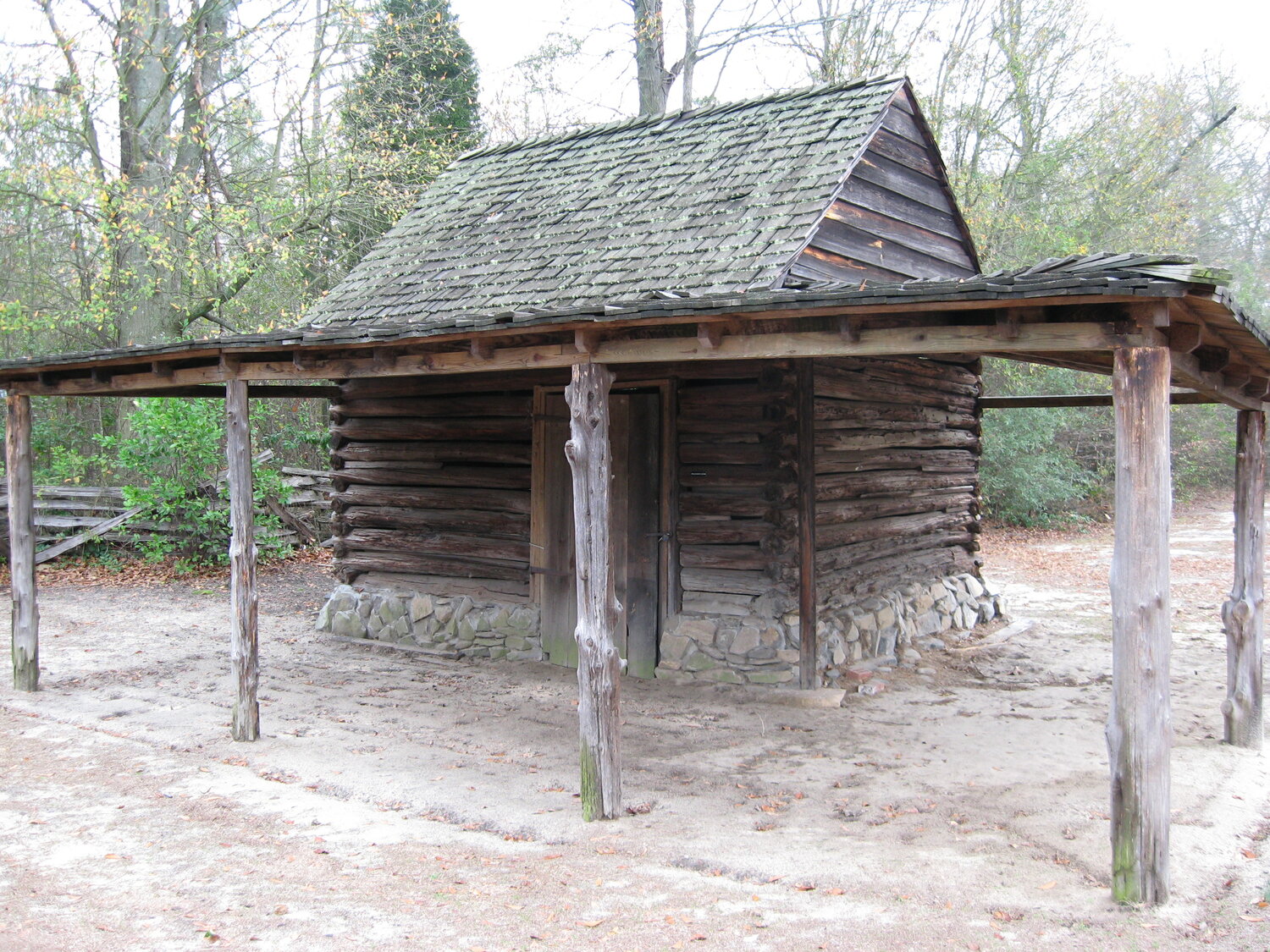Germanic settlers brought their beliefs with them to Lexington County
The Germanic settlers of what would become Lexington County brought with them many traditions and beliefs, some of which continue to exist in the county and the Dutch Fork area.
This item is available in full to subscribers.
Subscribe to continue reading. Already a subscriber? Sign in
Get 50% of all subscriptions for a limited time. Subscribe today.
Please log in to continueNeed an account?
|
Germanic settlers brought their beliefs with them to Lexington County
The Germanic settlers of what would become Lexington County brought with them many traditions and beliefs, some of which continue to exist in the county and the Dutch Fork area.
A majority of the first group of immigrants to settle in the area were from Switzerland. Most of these immigrants were of the Reformed faith. The Reformed faith was heavily practiced in Switzerland and grew from the teachings of John Calvin. The Reformed faith slowly died out in Lexington as many of its adherents began to adopt the faith of the immigrants that followed them, Lutheranism. These immigrants, who began arriving in the 1750s, were from areas that are now part of Germany. As these German immigrants arrived and later began to establish churches, the Lutheran faith became dominant. Lexington County still has one of the highest percentages of Lutherans in the state of South Carolina.
The Swiss and German settlers also brought with them what many of us would call superstitions. These immigrants and their descendants believed in witches, ghosts and hexes. According to the memoir of Edwin Scott, who lived in Lexington County in the 1820s and 1830s, witches could be found in every neighborhood and were often older women. To protect oneself from witches and hexes, horseshoes were placed in doorsills or above doors.
Some residents also refused to interact with travelers out of fear of being hexed. If a person thought they were hexed, there were certain cures that would cause the hex to be lifted. One popular cure in the early 19th century was to draw an image of the person cursing you and to shoot that image with a silver bullet. This would hurt the person that cast the hex and cause the hex to be lifted.
A blacksmith in the town of Lexington decided to take advantage of this belief though. He began offering his services to make silver bullets, telling residents that he would melt silver dollars into bullets. However, he did not in fact melt the silver dollars. He actually gave them bullets made of tin or pewter while keeping the silver dollars for himself. Edwin Scott mentions in his book “Random Recollections of a Long Life” that these non-silver bullets still cured the hexes though. Other cures existed as well including torturing black cats and blowing up stumps. Sometimes the cure depended on the type of hex.
Similar beliefs can be found in Pennsylvania Dutch country and other areas that were heavily populated by immigrants from Germany. Like always, you can learn more about these beliefs by visiting the Lexington County Museum.
J.R. Fennell has served as director of the Lexington County Museum since 2007. He holds a master’s degree in public history and a certificate of museum management from the University of South Carolina.
Other items that may interest you







Comments
No comments on this item Please log in to comment by clicking here